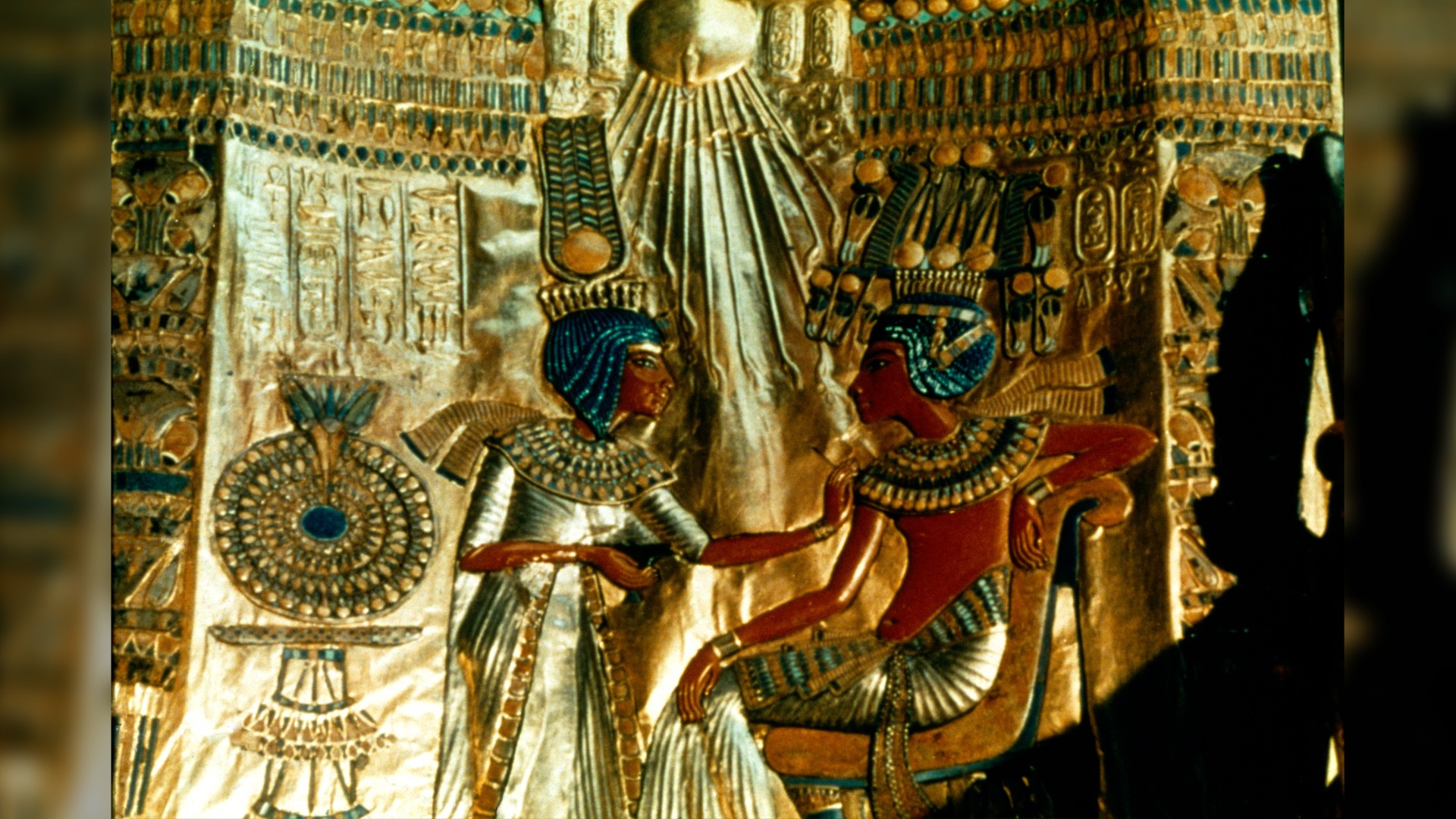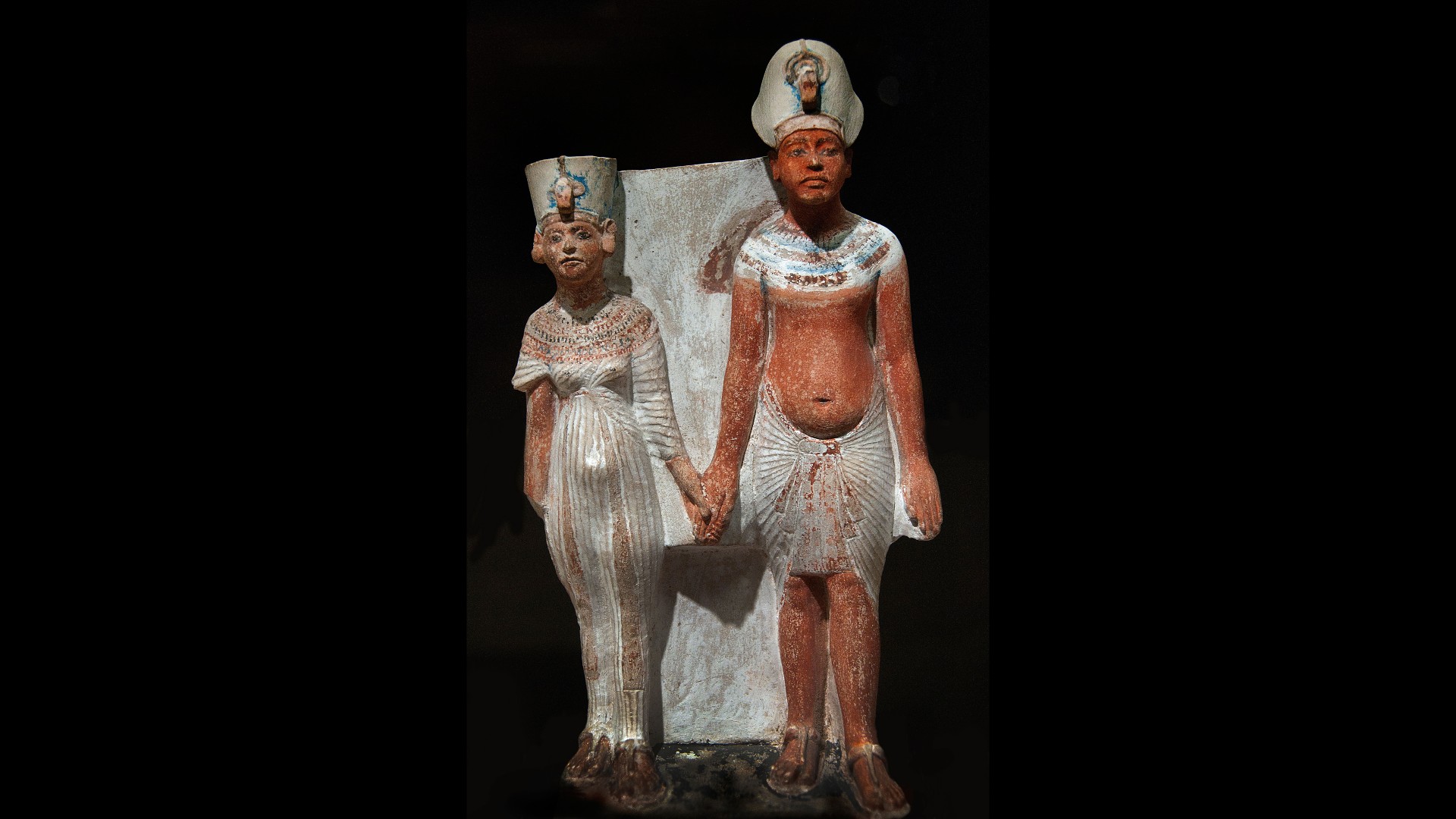
Which ancient Egyptian dynasty ruled the longest?
The 18th dynasty of ancient Egypt, which reigned from about 1550 B.C. to 1292 B.C., was the longest lasting.

Ancient Egypt was ruled for millennia by a series of pharaohs. Historians have broken up this period into dynasties, in which the rulers were either related to one another or derived power from a predecessor.
But which dynasty lasted the longest?
The 18th dynasty of Egypt, which lasted around 250 years, is the longest ancient Egyptian dynasty. Scientists estimate the length of the 18th dynasty by analyzing written records and radiocarbon dates.
The 18th dynasty started around 1550 B.C., when the pharaoh Ahmose kicked out the Hyksos, a group originating from Asia that had ruled part of ancient Egypt for more than a century. The rulers who followed Ahmose would grow the territory that Egypt controlled, eventually expanding it to an empire stretching from modern-day Sudan to what is now Syria. Among the 18th dynasty rulers is Tutankhamun, or King Tut, a pharaoh whose intact tomb was rediscovered by a British-led archaeological team in 1922.
Related: Who ruled ancient Egypt after King Tut died?
Historians often divide Egypt's history into 30 dynasties.
But in fact, "the 'dynasties' of Egypt are really just retrospective constructs," Michael Dee, an associate professor of isotope chronology at the University of Groningen in the Netherlands, told Live Science in an email. It wasn't until around 300 B.C. that writers started to divide Egypt into dynasties, Dee said. While many pharaohs within a dynasty have a direct family relationship, not all do.
Sign up for the Live Science daily newsletter now
Get the world’s most fascinating discoveries delivered straight to your inbox.
"Dynasties are successive members of the same family with some additions," Marc Van De Mieroop, a history professor at Columbia University, told Live Science in an email. "They were made up by Manetho, who wrote a history of Egypt in Greek in the [third] century B.C. The 18th dynasty [pharaohs] are related to each other by descent except for the final two who had very brief reigns."

And although the 18th dynasty was the longest of the dynasties delineated by Manetho, the periods of Greek and Roman rule were longer, Van De Mieroop said.
Greek rule in Egypt started in 332 B.C., when Alexander the Great conquered Egypt. Prior to his conquest, the region was controlled by the ancient Persians.
After Alexander died in 323 B.C., his empire fell apart and Ptolemy, one of Alexander's generals, became ruler of Egypt. His descendants ruled Egypt for nearly 300 years, until the death of Cleopatra VII in 30 B.C.
After Cleopatra's death, the Roman emperor Augustus incorporated Egypt into the Roman Empire as a province. While Roman emperors rarely visited Egypt, surviving artwork shows that they were nevertheless regarded as pharaohs. While the Western Roman Empire fell in A.D. 476, the Eastern Roman Empire (often called the Byzantine Empire), based at Constantinople, continued on and controlled Egypt until A.D. 646, when the Rashidun Caliphate captured it. The Rashidun Caliphate was based in Arabia and formed after the death of Muhammed.

Owen Jarus is a regular contributor to Live Science who writes about archaeology and humans' past. He has also written for The Independent (UK), The Canadian Press (CP) and The Associated Press (AP), among others. Owen has a bachelor of arts degree from the University of Toronto and a journalism degree from Ryerson University.










